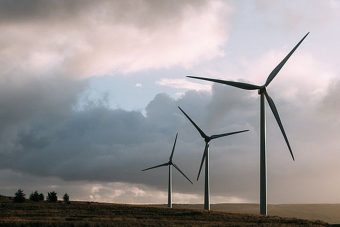
Around 40% of Germany’s wind turbines will soon be 15-years old. The French, Italian, Spanish, and British fleets are also aging. More than 86 gigawatts of Europe’s wind capacity is scheduled to be decommissioned by 2030. A new report from New Energy Update describes an alternate solution, which is reconditioning wind farms.
I particularly enjoyed the insights this study gave me into the long term considerations and finances of this industry.
“As the cost of maintaining the farm increases and your margins get tighter and tighter anything you can do to reduce those maintenance costs on the back half is very good. When we look at life extension we look at extending the life of the actual component to take it out to a 25 or 30 year life,” says Kevin Alewine, Director of Marketing at wind electrical machinery repair and maintenance services company Shermco Industries.
According to Rubén Ruiz de Gordejuela, Chief Technology Officer at Spanish life extension service provider Nabla Wind Power, the cost of extending turbine life is often a tenth of what it would take to build a new turbine.
However this is not always feasible.
“In Germany you need an independent expert report outlining the structural stability of your wind turbine based on an analytical calculation and technical inspection,” says Philipp Stukenbrock of wind consultancy firm 8.2 Consulting AG.
There are many components to examine, Blades may be damaged by ice, lightning strikes, or operations during high wind events. Moving parts such as bearings, yaw and pitch mechanisms, the gearbox if fitted, and generator may need to be replaced. Electronics, control and safety systems may require updating or replacement.
The availability of replacement parts may be crucial when it comes to deciding whether to continue a wind turbine’s life.
Operators also need to review their consents, leases, power purchase agreements, and grid connection to determine the viability of continuing operations.
Yet there is much to gain if a wind farm’s life can be extended.
“In Germany around 7,000 turbines are reaching the end of design life by the end of 2020. This corresponds to a capacity of 5,000 MW,” says Stukenbrock.
Source: cleantechnica.com





